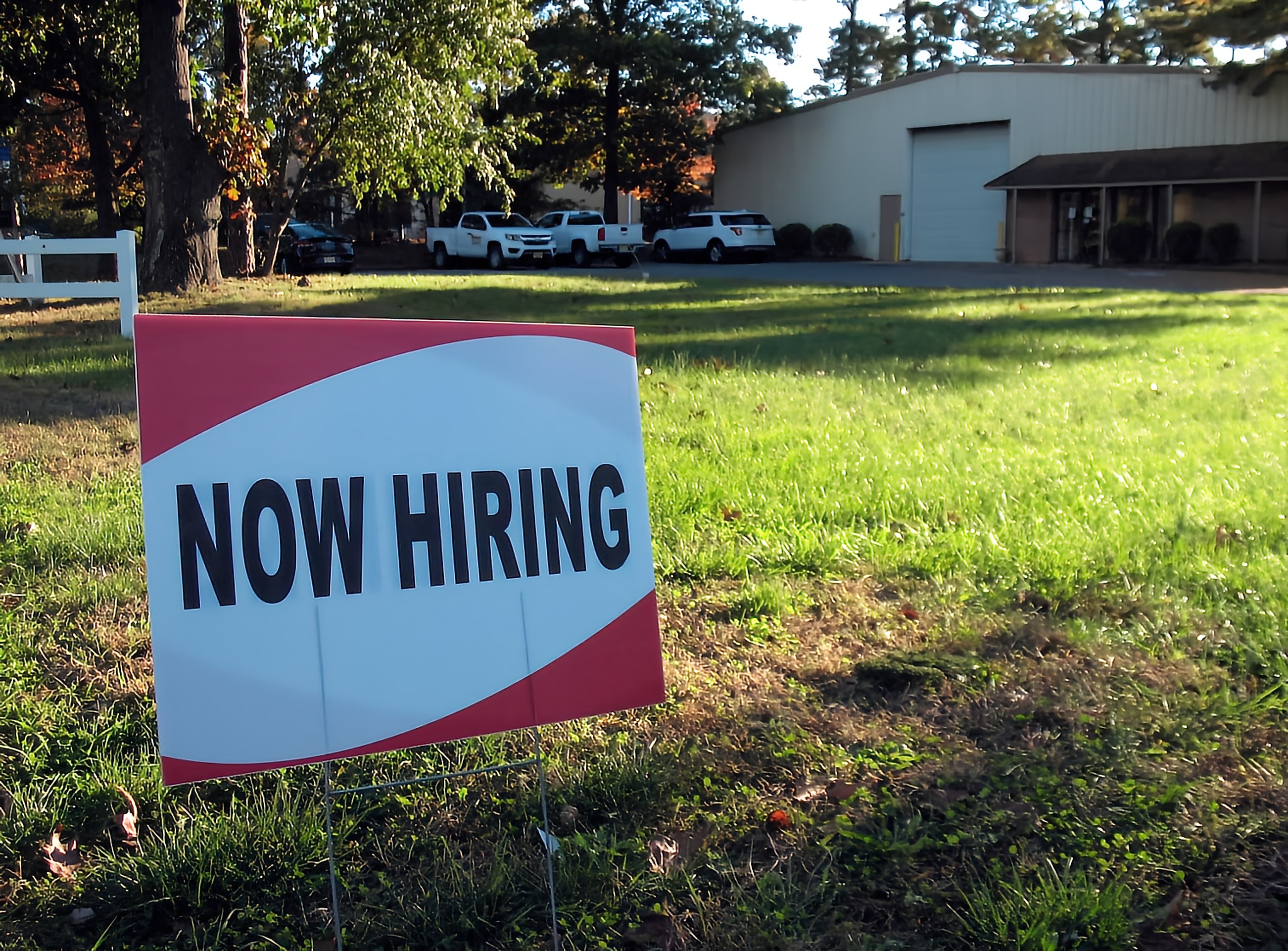When’s the Right Time to Start Hiring SDRs?

One of the most common questions I get from other founders is when they should begin hiring SDRs. Someone asked me this question after a talk I gave recently; they were an early-stage founder, still managing the sales process themselves, and were trying to figure out what to do next.
The answer comes down to product market fit. If you’re in a similar position as the founder above, there are two important questions to ask yourself at this stage:
- Where are you with product market fit?
- Based on the above, who is the right person to hire next?
Product market fit is the only thing that matters and if you don’t have it then your only goal as a startup is to find it. Forget about selling, forget about hiring, forget about raising cash–all of it can wait until you have product market fit.
How to gauge product-market fit
If you aren’t confident that you have product-market fit, then you probably don’t have it. A more objective way to measure it is by taking a subset of Dave MacLure’s pirate metrics to demonstrate what it looks like.
Step 1: Early product-market fit
At this stage, you should be able to activate, retain, and get referrals from new users. Here’s a quick breakdown of what that looks like:
- Activate new users (when we tell them about it, are people excited to try it?)
- Retain users (when they sign up, do they keep using the product?)
- Referrals (if they use it, was it so great that they tell their friends?)
Step 2: Add revenue
Once you’ve nailed Step 1, the next test is to add Revenue. This requires figuring out your business and pricing models.
If you’re able to start charging users and you maintain similar success rates in activating, retaining, and getting referrals, then the next step is to start figuring out how to acquire new customers.
A quick caveat: startups are messy and don’t always follow this pattern. Sometimes revenue comes earlier and sometimes it comes later. But based on my experience helping traditional B2B SaaS companies with go-to-market strategy, this is the most common pattern.
Step 3: Acquire new customers
This is where you are looking to add your first customer acquisition channel outside the founder/investor networks. The most important piece to understand here is what you can afford to spend to acquire a new customer.
A rule of thumb for a venture-backed SaaS company is to plan on spending $1 on sales and marketing to acquire $1 of annual recurring revenue (ARR). A company that’s not venture-backed will have a much different investment appetite.
The most important thing to do is understand how much you can spend to acquire a single customer because this will dictate which customer acquisition channels are available to your revenue team.
When to hire SDRs: Product vs. Sales Motion
So when should that founder I was talking to begin to hire SDRs? That depends on whether the company is in a product motion or a sales motion. If your goal is finding product market fit (steps 1 and 2), you’re in a product motion. Sales and product motions look and feel similar but have very different goals.

Product motion
Your goal with a product motion is to find product market fit. Here’s an example:
- Build a list of potential companies and people that could be a good fit
- Find a way to book meetings with them
- Ask them questions that will help you understand their pain (I like day in the life interviews myself)
- Group everything you learn from these interviews into a spreadsheet with all of the questions/attributes listed and begin to look for groups
- Use these groupings to develop hypotheses around company and persona criteria
You probably need to talk to ~200 people to find strong product market fit. You’ll start seeing early signals at 20 interviews, clarity around the profile between 50-100, and you’ll really start getting your user personas dialed in between 100-200. But the more information, the better.
Big opportunities have large groups of people that have lots of pain, are unsatisfied with how they are currently solving it and would benefit financially from a solution.
Sales motion
Your goal with a sales motion is to find and close new customers profitably. Here’s what ours looked like (for context, this was a B2B sales motion for a sales tool with a minimum starting price of $6k per year, started back in 2013):
- First 10-100 customers came from later rounds of customer development interviews
- The next 10-100 customers came from referrals from our first 10 customers
- This created a loop where every 10 customers we brought on would produce 2-3 referrals. If you’re feeling this loop, you probably have strong product market fit.
Every startup should start with a founder-led sales process because once you’ve found product market fit, revenue is the next most important piece. It’s also important that the founder leads the product motion.
Transitioning from product to sales motion
If you’ve made the jump from product motion to sales motion then you’re probably starting to get a little overwhelmed by everything you now need to do. Here’s how I progressed:
- Managed the entire sales process up to $1m in ARR (note – I probably hung onto this for too long).
- Once we could afford it (~$500k ARR) I hired a virtual assistant to help deal with inbound referrals and get meetings scheduled. You may have better luck with hiring an experienced SDR unless you have sales management experience like I did.
- Once we hit $1m ARR, I hired an AE to take over the closing and I took on the sales manager role. At this stage, we also hired a full-time SDR to make sure the AEs calendar was always full.
- We hired a second AE when we crossed the $2m ARR mark and our first AE moved into a split AE/sales manager role. This is a very tricky role to do part-time but she was exceptional at both so it wasn’t an issue for us. It is very common at this stage for the AE-turned-Manager to turn into a super-AE, where they simply close all the deals for the AEs below them because that’s their strength. This is something to watch out for. A good sales manager listens to calls, looks at dashboards, and offers coaching that helps the team improve. Keep an eye out for managers that are getting too deep in the sales process.
- Once we had capacity for 2 full-time AEs and 2 SDRs we moved the part-time manager to full-time and had them hire an AE to replace them.
You don’t need to follow this template exactly because every company, offering, and sales motion will be a little different. I offer it here to show you one path that I’ve followed and have seen other entrepreneurs follow successfully as well.
Is it time to start hiring SDRs?
If you’re ready to scale your outbound sales team, book a free discovery call with our team. Our coaches can help you hire, train, and onboard a team of top-performing SDRs.
While we always recommend that every sales tip, trick, or tactic be taken with a grain of salt and A/B tested against other methods, these cold calling scripts have stamps of approval from some of the most successful and reputable B2B sales leaders and practitioners in the sales development industry.